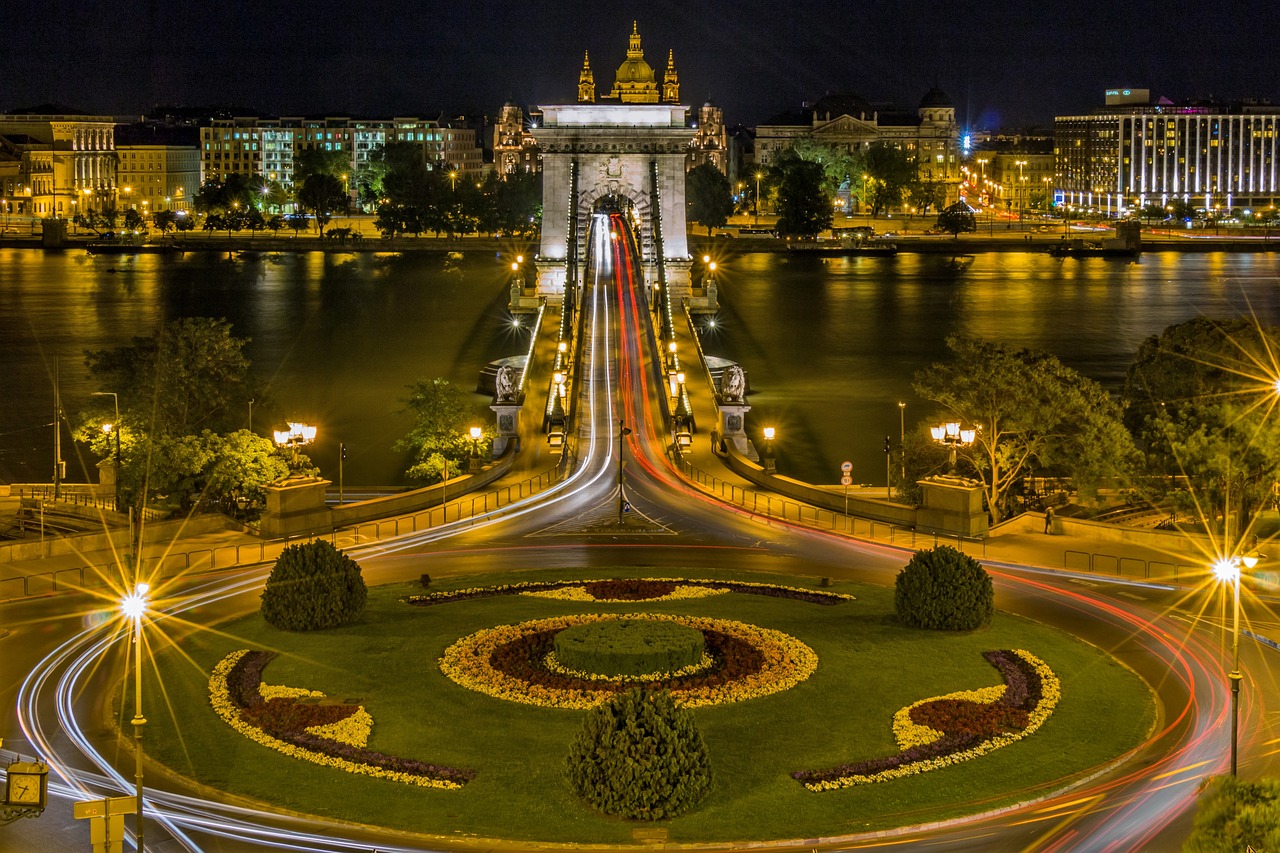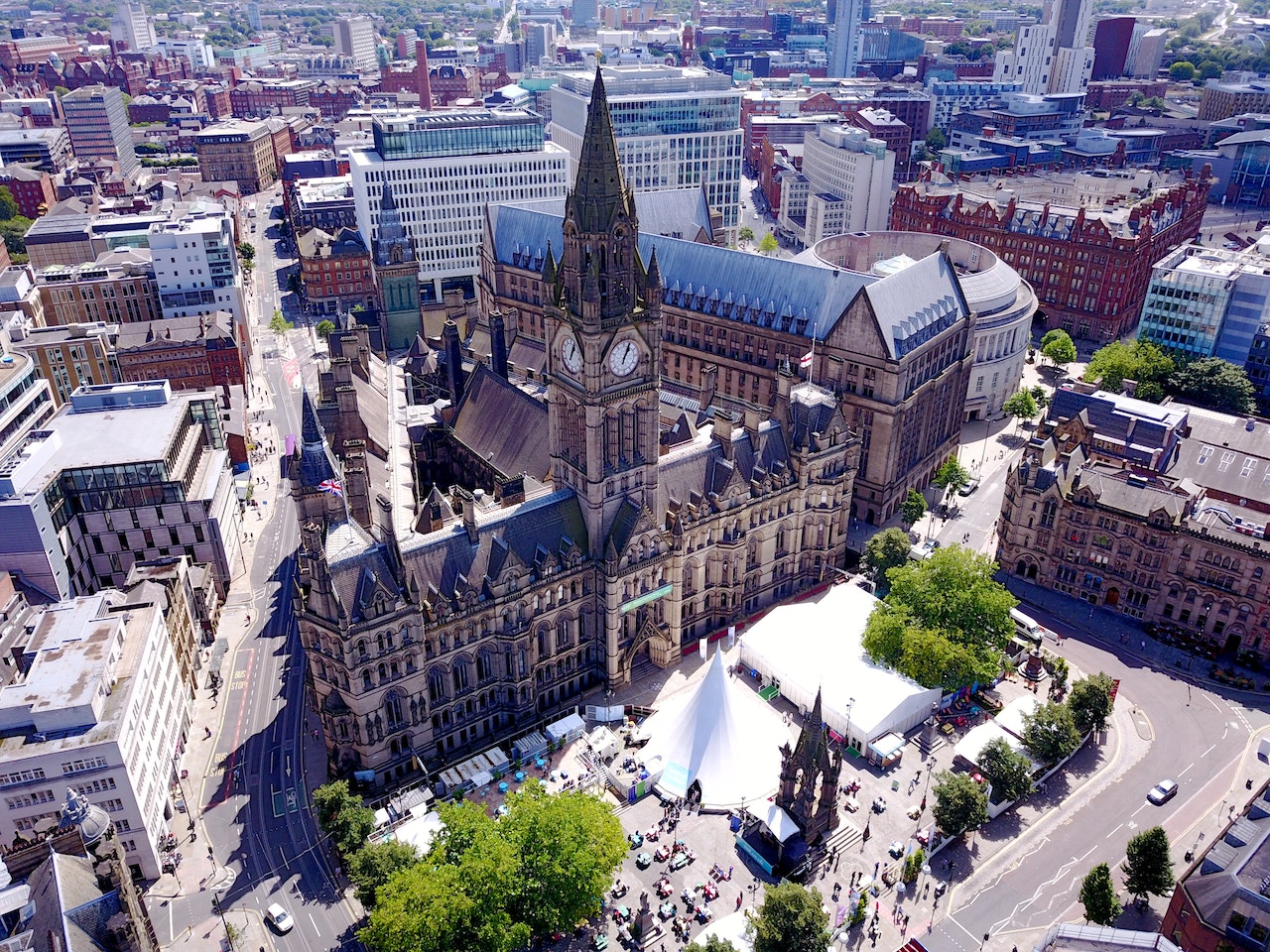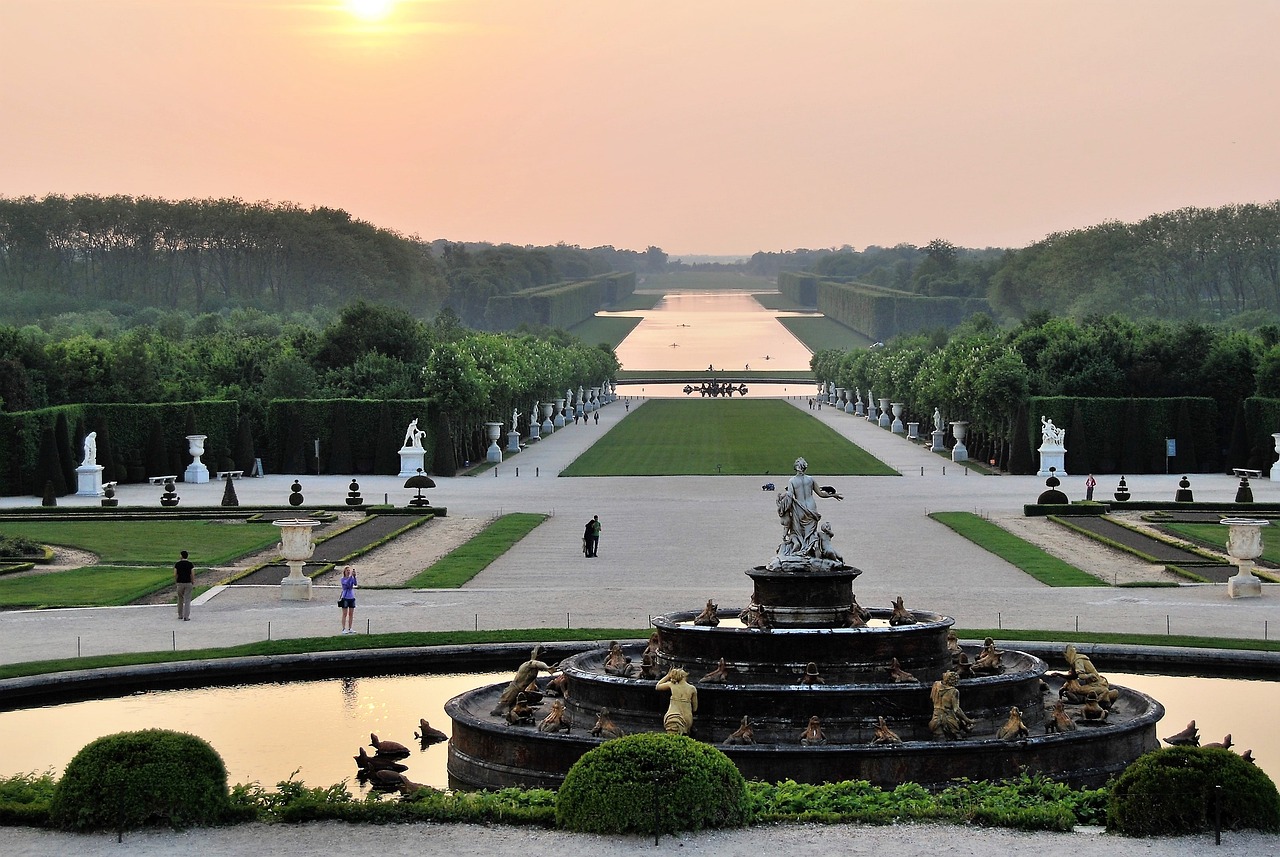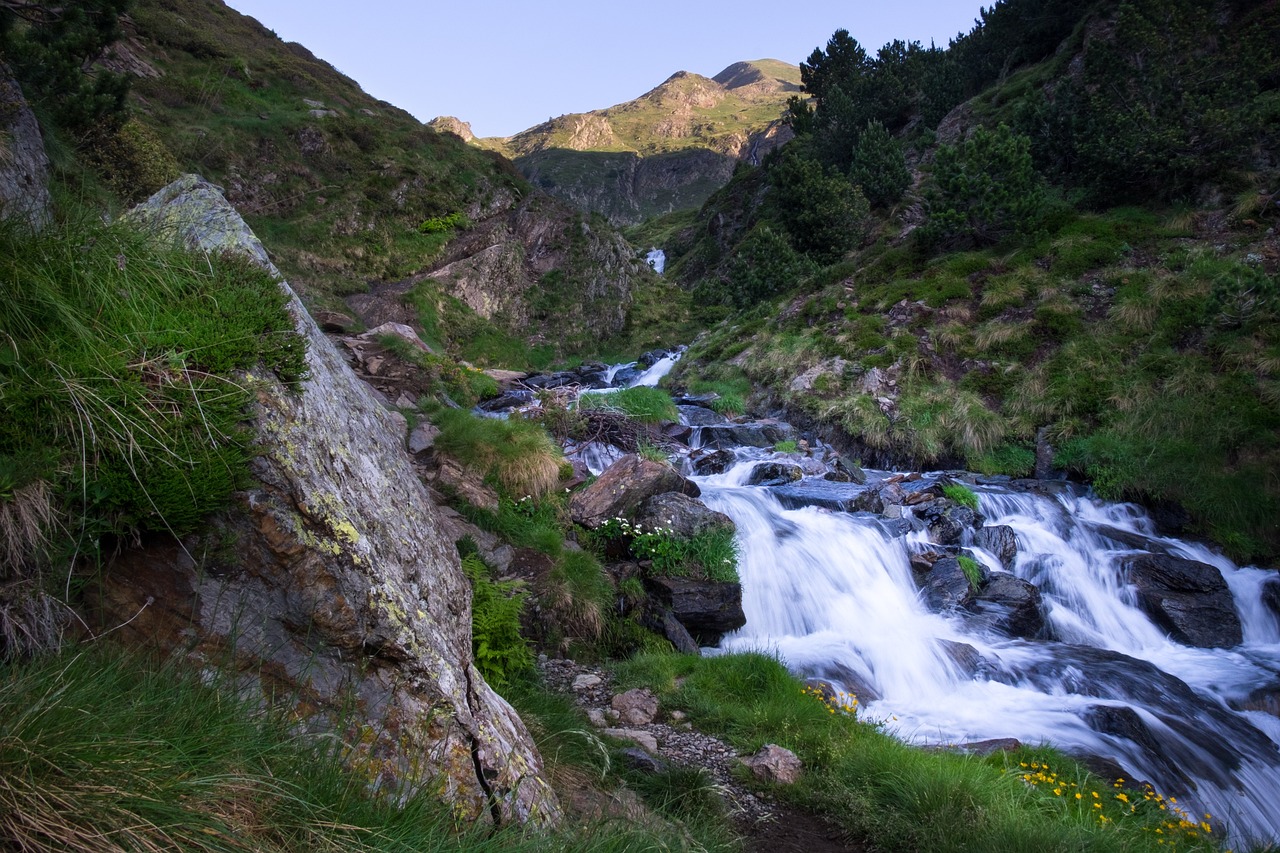Located in the central part of Hungary, along the stunning Danube River, Budapest is the capital and largest city of the country. Known as the “Paris of the East” for its captivating architecture and cultural richness, this city boasts a myriad of attractions, from its modern structures and revitalizing thermal baths to its delectable cuisine and lively nightlife. Whether you are a history buff, a foodie, or simply in search of a beautiful destination to explore, Budapest is the perfect destination for you.
Short History
Budapest has a complex history that dates back over 2,000 years. The area was originally settled by Celtic tribes, and later became a Roman outpost. The Magyar tribes arrived in the area in the 9th century and established the Kingdom of Hungary. In the following centuries, Budapest became an important cultural and economic center of the region, and was ruled by various kingdoms and empires, including the Ottoman Empire and the Habsburgs. In the 20th century, Budapest played a pivotal role in the revolutions of 1918 and 1956, and was heavily damaged during World War II. Following the war, Budapest underwent significant reconstruction and development, and today stands as a vibrant and modern European city.
Architecture
Budapest is known for its stunning architecture that reflects a blend of different styles from various periods. The city is home to numerous buildings that represent Gothic, Baroque, Art Nouveau, and Modernist styles, among others. The most iconic structures in Budapest are the Hungarian Parliament Building, St. Stephen’s Basilica, Fisherman’s Bastion, Buda Castle, and Matthias Church. These buildings showcase the city’s rich history and culture, and they are a testament to the country’s architectural heritage. Additionally, Budapest is famous for its thermal baths, which are unique architectural wonders that combine traditional Turkish, Roman, and modern styles.
Museums and Galleries
Here are some of the most interesting museums and galleries in Budapest:
- Hungarian National Museum: This museum showcases the history and culture of Hungary from the prehistoric times to the present day. It has a vast collection of artifacts, including archeological finds, artwork, and historical documents.
- Museum of Fine Arts: The Museum of Fine Arts is one of the largest art museums in Hungary, featuring a wide range of artwork from ancient times to contemporary art. Its collection includes paintings, sculptures, and graphic art.
- House of Terror: This museum is dedicated to the history of fascist and communist regimes in Hungary, and their impact on the country’s history. It is housed in the former headquarters of the secret police, and offers a chilling insight into the dark history of Hungary.
- Hungarian National Gallery: The Hungarian National Gallery is the premier art museum in Hungary, featuring a collection of Hungarian art from the Middle Ages to the present day. It has a rich collection of works by Hungarian artists, as well as international artists.
- Budapest History Museum: This museum explores the history of Budapest, from its Roman roots to the present day. It is located in the Buda Castle and offers a unique perspective on the city’s rich history.
- Museum of Applied Arts: The Museum of Applied Arts is a beautiful art nouveau building that houses a collection of decorative arts, including ceramics, textiles, and glassware.
- Ludwig Museum of Contemporary Art: The Ludwig Museum of Contemporary Art is dedicated to contemporary art from Hungary and around the world. It has a vast collection of modern and contemporary art, including works by Andy Warhol, Pablo Picasso, and Roy Lichtenstein.
In conclusion, Budapest is a city that boasts a colorful cultural history, and its museums and galleries offer visitors a fascinating insight into its past and present. From ancient artifacts to contemporary art, there is something for everyone to enjoy in the museums and galleries of Budapest.
Landmarks and Monuments
Budapest is renowned for its stunning architecture. The city is home to numerous landmarks and monuments that have significant historical and cultural value. Here are some of the most interesting landmarks and monuments in Budapest:
- Buda Castle: A UNESCO World Heritage Site, Buda Castle is a stunning palace complex that sits atop a hill overlooking the Danube River. The castle dates back to the 13th century and has undergone numerous transformations throughout its history.
- Fisherman’s Bastion: Another popular attraction in Budapest, the Fisherman’s Bastion is a terrace that offers stunning views of the city. The bastion was built in the early 1900s and features neo-Gothic and neo-Romanesque architecture.
- Hungarian Parliament Building: One of the most recognizable landmarks in Budapest, the Hungarian Parliament Building is an impressive Gothic Revival-style structure located on the banks of the Danube River. Completed in 1904, the building is the largest in Hungary and houses the country’s National Assembly.
- St. Stephen’s Basilica: A magnificent neoclassical church named after the first king of Hungary, St. Stephen’s Basilica is one of the most popular attractions in Budapest. The church features impressive stained glass windows and ornate decorations.
- Heroes’ Square: A large public square located in the heart of Budapest, Heroes’ Square is a popular gathering place for locals and tourists alike. The square features the iconic Millennium Monument, which pays tribute to Hungary’s most important historical figures.
- Gellért Hill: A hill overlooking the city, Gellért Hill is home to several notable landmarks, including the Citadel and the Liberty Statue. Visitors can take a scenic hike to the top of the hill to enjoy breathtaking views of Budapest.
- Shoes on the Danube Bank: A somber and powerful memorial to the victims of the Holocaust, the Shoes on the Danube Bank is a poignant tribute to those who lost their lives during World War II. The memorial features 60 pairs of cast iron shoes, symbolizing the Jews who were forced to remove their shoes before being shot into the river.
Overall, Budapest is a city that boasts an abundance of historic landmarks and monuments, each with their unique story to tell. These landmarks offer visitors a glimpse into the rich cultural heritage of the city and the country as a whole.
Parks and Green Spaces
Budapest is a city with many beautiful parks and green spaces, providing visitors with opportunities to escape the hustle and bustle of the city and enjoy nature. Here are some of the most noteworthy parks and green spaces worth visiting:
- Margaret Island: Located in the middle of the Danube River, Margaret Island is a popular destination for locals and tourists alike. The island features a large park with gardens, walking and biking trails, and several sports facilities.
- City Park: One of the largest parks in Budapest, City Park is home to many attractions, including Vajdahunyad Castle, Széchenyi Thermal Bath, and the Budapest Zoo.
- Gellért Hill: While primarily known for its stunning panoramic views of the city, Gellért Hill is also home to a large park with walking trails, gardens, and several monuments.
- Normafa: Located in the Buda Hills, Normafa is a popular destination for hikers and nature enthusiasts. The park offers several hiking trails with beautiful views of the city.
- Orczy Park: Orczy Park is a large green space located in the heart of Budapest, featuring a lake, walking paths, and several sports facilities.
- Kopaszi Dam: Situated on the Danube River, Kopaszi Dam is a popular destination for picnicking, walking, and biking. The area features several parks, gardens, and restaurants.
- Feneketlen Lake: Located in downtown Budapest, Feneketlen Lake is a peaceful oasis in the middle of the city. The park features walking paths, a playground, and several benches for relaxing.
Budapest offers a variety of parks and green spaces for visitors to admire, from large city parks to secluded nature reserves. Whether you’re looking to escape the city or simply enjoy a leisurely stroll, there is a park or green space in Budapest for everyone.
Thermal Baths Instead of Beaches
There are no beaches in Budapest as it is a landlocked city situated on the banks of the Danube River. However, there are several public baths and spas where visitors can relax and enjoy thermal water, which is known for its healing properties. Some of the most popular thermal baths in Budapest are:
- Széchenyi Thermal Bath: One of the largest and most famous thermal baths in Budapest, featuring 18 pools of varying temperatures and sizes, as well as saunas and massage services.
- Gellért Thermal Bath: Located inside the beautiful Art Nouveau Gellért Hotel, this thermal bath offers several indoor and outdoor pools, saunas, steam rooms, and a wave pool.
- Rudas Thermal Bath: A traditional Turkish-style bath with an octagonal pool, several smaller pools, and a rooftop hot tub with stunning views of the city.
- Király Thermal Bath: One of the oldest thermal baths in Budapest, featuring four thermal pools, a Finnish sauna, and a steam room.
- Lukács Thermal Bath: A smaller, more local thermal bath with several indoor and outdoor pools, as well as a sauna and steam room.
- Veli Bej Thermal Bath: Another traditional Turkish-style bath with a domed pool, saunas, and steam rooms, located in a historic building dating back to the 16th century.
- Dandár Thermal Bath: A modern, family-friendly thermal bath with several indoor and outdoor pools, water slides, and a wave pool.
Shopping Districts
Budapest is a vibrant city with a variety of shopping options, ranging from luxury boutiques to traditional markets. Here are some of the best shopping districts in Budapest:
- Váci Street – Located in the heart of Budapest, Váci Street is a pedestrian-only shopping street lined with shops, cafes, and restaurants. It’s a popular destination for tourists and locals alike.
- Andrassy Avenue – Known as Budapest’s Champs-Élysées, Andrassy Avenue is a tree-lined boulevard with high-end shops, theaters, and cafes. It’s a UNESCO World Heritage Site and a must-visit for fashion lovers.
- Central Market Hall – Located at the end of Váci Street, the Central Market Hall is the largest indoor market in Budapest. Here you’ll find stalls selling everything from fresh produce and meats to souvenirs and traditional Hungarian crafts.
- Fashion Street – Just off of Váci Street, Fashion Street is a newer shopping district featuring international brands like Hugo Boss, Tommy Hilfiger, and Michael Kors.
- WestEnd City Center – One of the largest shopping malls in Budapest, WestEnd City Center has over 400 shops, including popular brands like Zara, H&M, and Sephora.
- Rákóczi tér Market – A local market located in Budapest’s 8th district, Rákóczi tér Market offers a variety of fresh produce, meats, and traditional Hungarian products.
Overall, from luxury boutiques to traditional markets – visitors are sure to find something that fits their style and budget.
Food and Drink
Hungarian cuisine is known for its hearty, flavorful dishes that make use of traditional local ingredients. Here are some of the must-try food and drinks in Budapest:
- Goulash – This is a classic Hungarian dish that consists of a hearty soup or stew made with meat, vegetables, and paprika.
- Langos – A deep-fried dough topped with garlic, sour cream, and grated cheese. Langos is a popular street food in Hungary.
- Chimney cake – A sweet pastry made from a rolled dough that is wrapped around a cone-shaped mold, and then baked over an open flame.
- Hungarian sausage – A savory sausage made from a blend of pork and beef, seasoned with paprika and garlic.
- Tokaji wine – This sweet white wine is made from grapes grown in the Tokaj region of Hungary, and is known for its unique flavor and aroma.
- Palinka – This strong fruit brandy is a popular drink in Hungary and comes in many different flavors.
- Turo Rudi – A Hungarian candy bar filled with sweet cottage cheese and covered in chocolate.
Budapest is also known for its vibrant cafe culture, so be sure to try some of the traditional Hungarian cakes and pastries while enjoying a coffee or tea at one of the city’s many cafes. Some of the most popular pastries include Dobos cake, Esterhazy cake, and cream-filled pastries like kremes and retes.
Transportation
Budapest has a well-developed public transportation system that includes buses, trams, metro, and suburban railways. The metro is particularly convenient for getting around the city center quickly and efficiently. There are also numerous taxi companies and ride-hailing services like Bolt and Uber available.
For a more unique and memorable experience, tourists can also consider traveling by boat on the Danube River. Many companies offer sightseeing cruises that provide stunning views of the city’s landmarks and monuments from the water.
Another fun and eco-friendly way to explore Budapest is by renting a bike. The city has numerous bike rental companies, and there are many bike lanes and bike-friendly roads throughout the city.
Finally, walking is also a great way to explore Budapest, especially in the city center where many of the landmarks and attractions are within walking distance of each other.
Safety
Budapest is generally a safe city to visit, with a low crime rate compared to other major European cities. However, like any other tourist destination, visitors should take basic precautions to ensure their safety, such as being aware of their surroundings and avoiding poorly lit or deserted areas at night. Pickpocketing can occur in crowded areas such as public transport, tourist hotspots, and busy markets, so visitors should keep an eye on their belongings and be cautious of strangers who offer unsolicited help. Overall, Budapest is considered a safe and welcoming city for visitors.
Expensive or Cheap
Budapest is generally considered to be an affordable destination compared to other European cities, especially those in Western Europe. However, prices can vary depending on the season, the location, and the type of activity. For example, peak tourist season and areas closer to popular tourist attractions may be more expensive than off-season and areas farther from attractions. In general, food, transportation, and accommodation can be found at reasonable prices in Budapest, while luxury activities and accommodations can be more expensive. It’s important to research and plan ahead to get the best deals and make the most of your budget.
Best Time to Travel
The best time to travel to Budapest is during the spring (April-May) and fall (September-November) seasons when the weather is pleasant and the crowds are smaller compared to the peak summer months. The summer months (June-August) are the busiest and most expensive time to visit due to the high temperatures and the influx of tourists. The winter months (December-February) can be quite cold but also magical with the Christmas markets and winter activities. It ultimately depends on personal preference and what activities you have planned for your trip.
Date Ideas and Activities
Budapest is a beautiful and romantic city, making it an ideal destination for couples looking for exciting date ideas and experiences. Here are some of the best things to do in Budapest for couples:
- Enjoy a romantic dinner cruise on the Danube River: Admire the stunning views of the city’s iconic landmarks, including the Parliament building, while enjoying a delicious dinner with your loved one.
- Relax in the thermal baths: Budapest is known for its beautiful thermal baths, such as the Gellért Baths and Széchenyi Baths. Soak in the mineral-rich waters and enjoy a relaxing spa day together.
- Take a romantic stroll along the Danube promenade: Take in the beautiful views of the river and the city’s landmarks, including the Chain Bridge and Buda Castle.
- Go wine tasting: Hungary is known for its delicious wines, and there are many great wineries in and around Budapest. Sample some of the local varietals and enjoy a romantic afternoon together.
- Take a sunset cruise on the Danube River: Enjoy a stunning sunset over the city’s skyline while sipping on a glass of wine and listening to live music.
- Explore the historic Castle Hill: Take a romantic walk through the cobblestone streets of this UNESCO World Heritage site, and enjoy stunning views of the city from the top of the hill.
- Visit the Fisherman’s Bastion: This historic tower offers beautiful panoramic views of the city and is a great spot to watch the sunset with your loved one.
- Attend a classical music concert: Budapest is known for its vibrant classical music scene, and there are many great venues where you can enjoy a romantic concert together.
- Take a romantic horse-drawn carriage ride: Explore the city’s historic streets in a traditional horse-drawn carriage, and take in the sights and sounds of Budapest with your loved one.
- Visit the Vajdahunyad Castle: This beautiful castle, located in City Park, offers a romantic backdrop for a walk or picnic in the park.
Overall, Budapest offers a wide range of exciting and romantic experiences for couples, from relaxing thermal baths to wine tastings and romantic river cruises. No matter what your interests, there is something for every couple to enjoy in this beautiful city.
Fun and Interesting Facts
Budapest is a city with a dynamic history and culture, and there are many interesting facts and hidden gems to discover. Here are some fun and interesting facts about Budapest:
- Budapest is actually two cities, Buda and Pest, separated by the Danube River.
- The city is home to the largest thermal water cave system in the world, with over 120 thermal springs. While there are no beaches in Budapest, visitors can still enjoy a relaxing day in one of the city’s many thermal baths and spas.
- The Hungarian Parliament building is one of the largest and most beautiful parliament buildings in the world.
- The Buda Castle is a UNESCO World Heritage Site, and has been a royal residence for more than 700 years.
- The iconic Chain Bridge was the first permanent bridge across the Danube in Budapest, and was considered a technological marvel when it was built in 1849.
- Budapest is home to one of the oldest subway systems in the world, the Metro Line 1, which was built in 1896.
- The city has a unique café culture, with over 500 traditional coffee houses, many of which date back to the 19th century.
- Budapest is known as the “City of Spas,” and has over 15 public thermal baths and swimming pools.
- The famous Hungarian dish, goulash, is a hearty stew made with beef, potatoes, and paprika.
- Hungary is known for its production of Tokaji, a sweet white wine that has been enjoyed by European royalty for centuries.
- Budapest is home to the world’s first official escape game, where teams solve puzzles and riddles to escape from a locked room.
- The famous Hungarian composer Franz Liszt was born in Budapest, and the city has a museum dedicated to his life and work.
- The Fisherman’s Bastion is a stunning terrace in the Buda Castle district that offers panoramic views of the city.
- The Great Market Hall is a vibrant market that sells fresh produce, meats, and local crafts.
- Budapest is also known for its ruin bars, which are bars and clubs located in abandoned buildings and courtyards.
Conclusion
Budapest is a fascinating city with a distinct identity and rich heritage. Its captivating architectural landmarks, picturesque green spaces, and thermal baths attract tourists from all over the world. Food enthusiasts can indulge in mouth-watering cuisine, while art lovers can explore the city’s numerous museums and galleries. The city’s nightlife is also bustling and exciting, with numerous bars, clubs, and entertainment options. Budapest is also affordable compared to other European cities, making it an excellent choice for travelers on a budget. With its wide variety of offerings, Budapest is a truly remarkable city that will appeal to any visitor.



